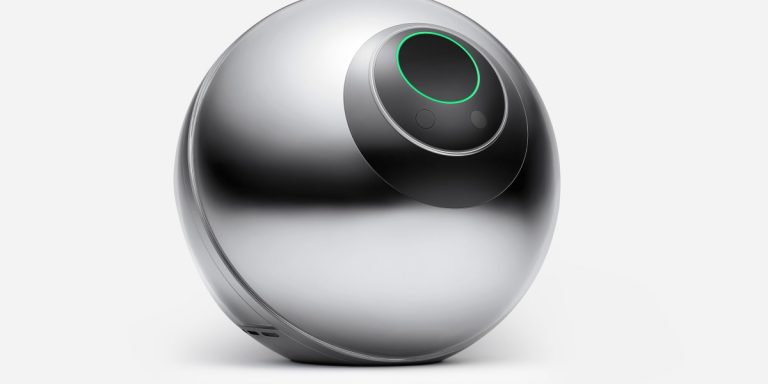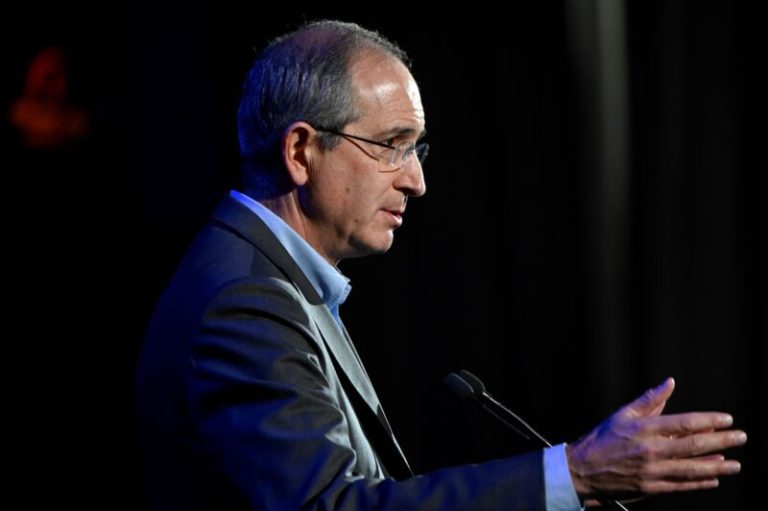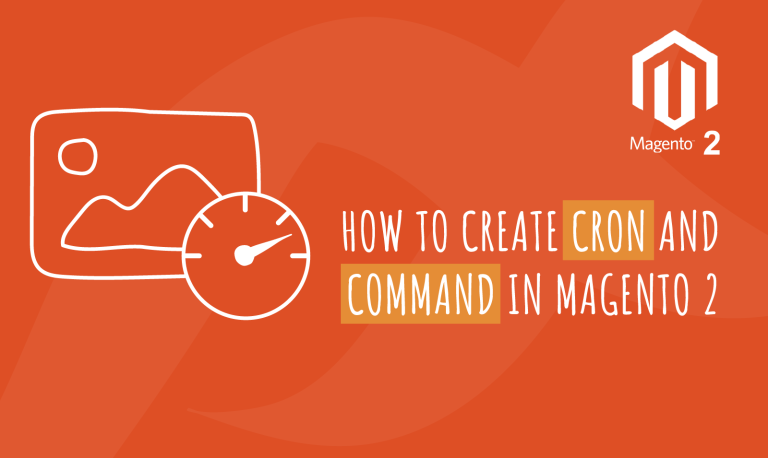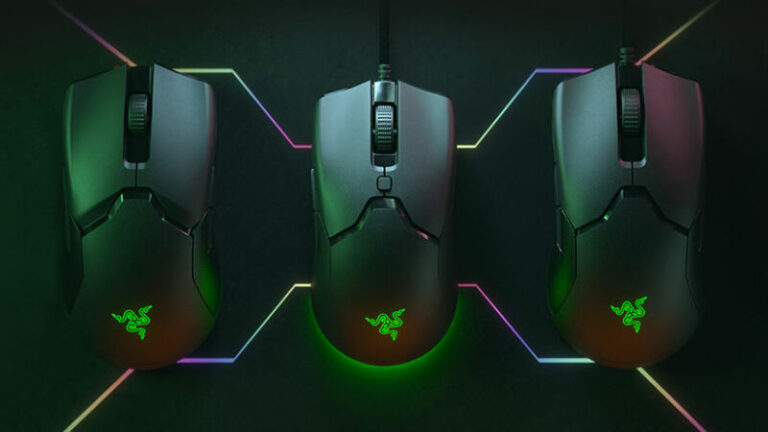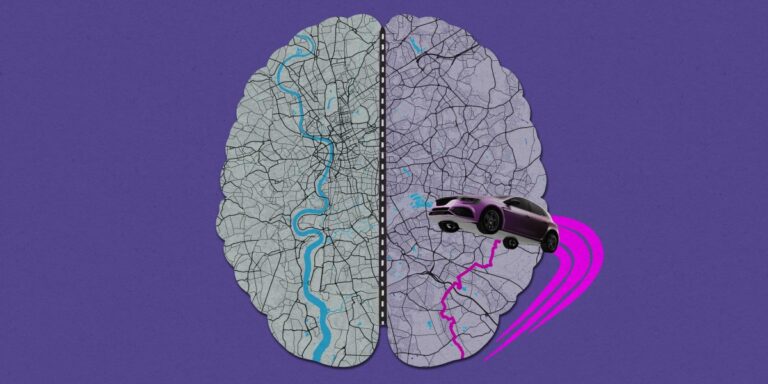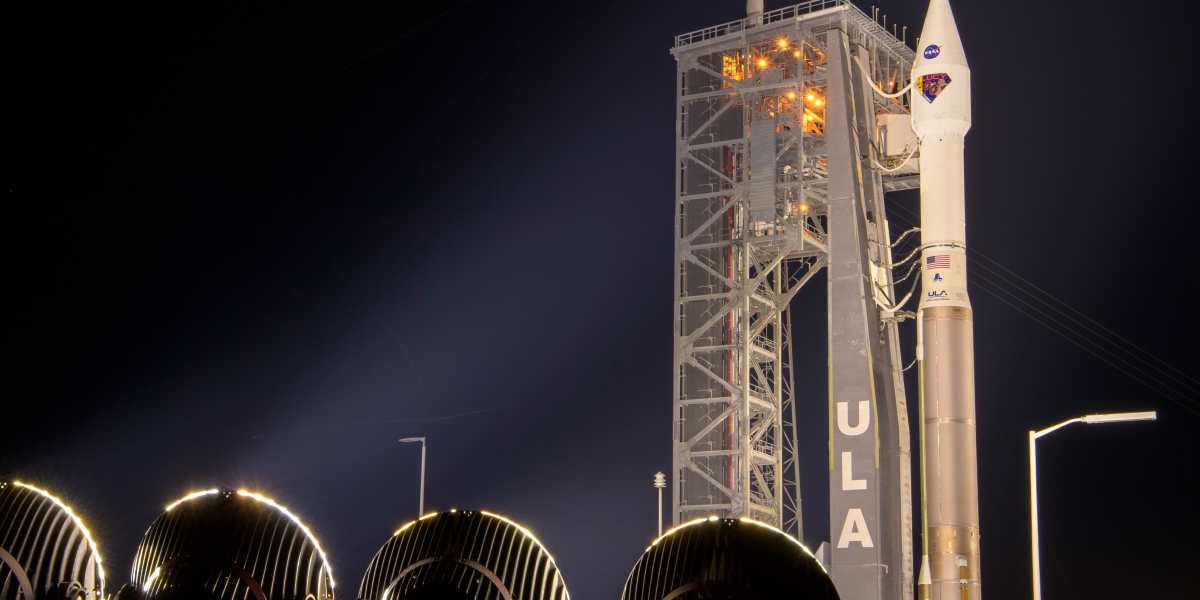
Lucy will take black-and-white and color images, and use a diamond beam splitter to shine far-infrared light at the asteroids to take their temperature and make maps of their surface. It will also collect other measurements as it flies by. This data could help scientists understand how the planets may have formed.
Sarah Dodson-Robinson, an assistant professor of physics and astronomy at the University of Delaware, says Lucy could offer a definitive time line for not only when the planets originally formed, but where.
“If you can nail down when the Trojan asteroids formed, then you have some information about when did Jupiter form, and can start asking questions like ‘Where did Jupiter go in the solar system?’” she says. “Because it wasn’t always where it is now. It’s moved around.”
And to determine the asteroids’ ages, the spacecraft will search for surface craters that may be no bigger than a football field.
“[The Trojans] haven’t had nearly as much colliding and breaking as some of the other asteroids that are nearer to us,” says Dodson-Robinson. “We’re potentially getting a look at some of these asteroids like they were shortly after they formed.”
On its 4-billion-mile journey, Lucy will receive three gravity assists from Earth, which will involve using the planet’s gravitational force to change the spacecraft’s trajectory without depleting its resources. Coralie Adam, deputy navigation team chief for the Lucy mission, says each push will increase the spacecraft’s velocity from 200 miles per hour to over 11,000 mph.
“If not for this Earth gravity assist, it would take five times the amount of fuel—or three metric tons—to reach Lucy’s target, which would make the mission unfeasible,” said Adam during an engineering media briefing also held on October 14.
Lucy’s mission is slated to end in 2033, but some NASA officials already feel confident that the spacecraft will last far longer. “There will be a good amount of fuel left onboard,” said Adam. “After the final encounter with the binary asteroids, as long as the spacecraft is healthy, we plan to propose to NASA to do an extended mission and explore more Trojans.”

